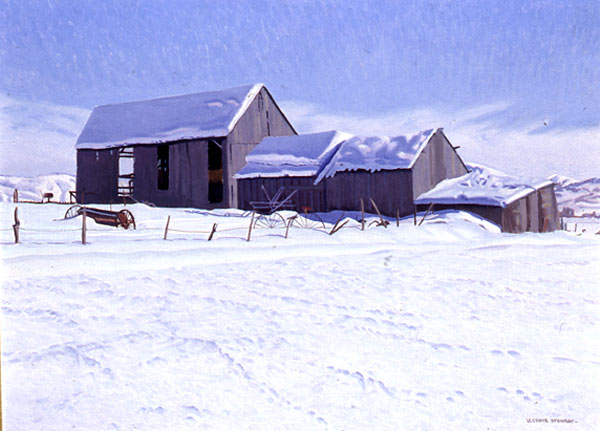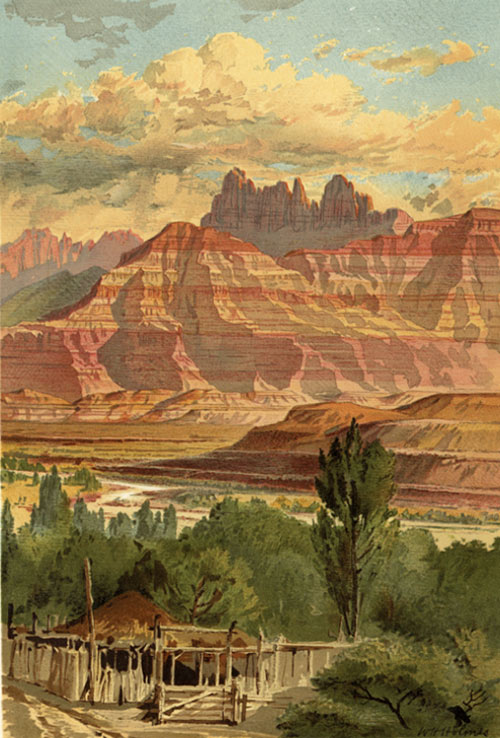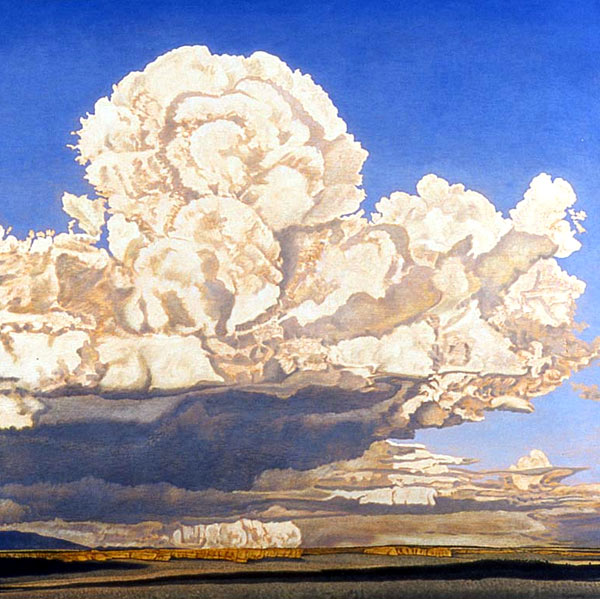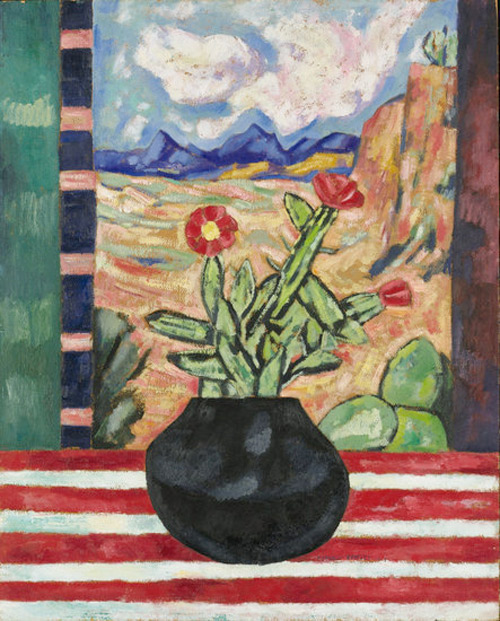Painting Mount Olympus - No Easy Task for Mere Mortals
 Sunday, December 11, 2011 at 9:09PM Tweet
Sunday, December 11, 2011 at 9:09PM Tweet By Donna Poulton
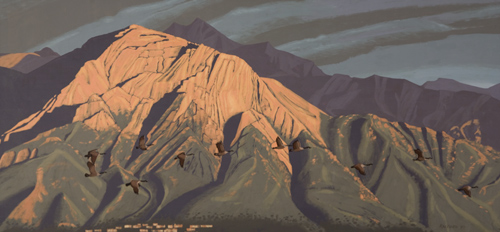 Artist: Mark Knudsen, 2010. Credit: Private Collection and courtesy of Mark Knudsen
Artist: Mark Knudsen, 2010. Credit: Private Collection and courtesy of Mark Knudsen
Mount Olympus is not the tallest mountain in the Wasatch Range, but anyone who has seen this natural wonder will agree with the early pioneers who bestowed upon it the Greek name for ‘the home of the gods.’ Mount Olympus acts as an anchor in the Salt Lake Valley, an unchanging reference point locating residents both in their environment and their history.
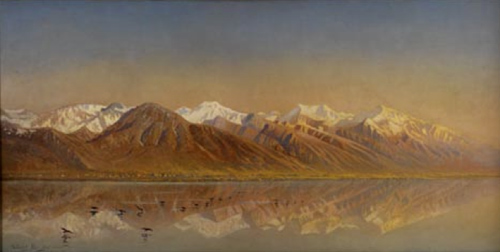 Artist: Gilbert Munger, 1877. Credit: Springville Museum of Art
Artist: Gilbert Munger, 1877. Credit: Springville Museum of Art
Settling in its shadow, early pioneers recognized the mountain’s importance as source of water in a dry land and for the abundant timber that cloaked the lower reaches of the massive granite façade. For those who worked with their hands, the gods of Mount Olympus offered up rich rewards. But it was when the pioneers put away their plows and saws and picked up pencils and paintbrushes that the true majesty of Mount Olympus came to light. For the past century and a half, some of America’s greatest artists have attempted to do justice to Mount Olympus…not an easy task for mere mortals.
 Artist: James T. Harwood, 1938. Credit: Corporate Collection of Snow, Christensen & Martineau
Artist: James T. Harwood, 1938. Credit: Corporate Collection of Snow, Christensen & Martineau
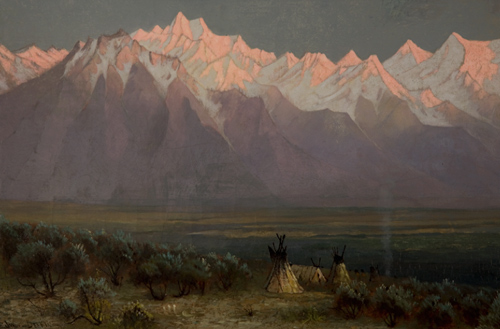 Artist: Edwin Deakin, 1883. Credit: Private Collection
Artist: Edwin Deakin, 1883. Credit: Private Collection
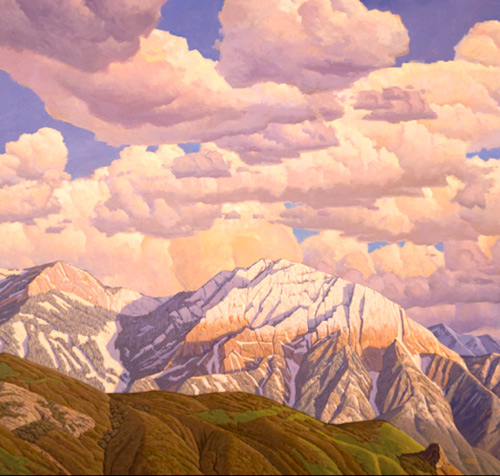 Artist: David Miekle, 2003. Credit: David Meikle
Artist: David Miekle, 2003. Credit: David Meikle
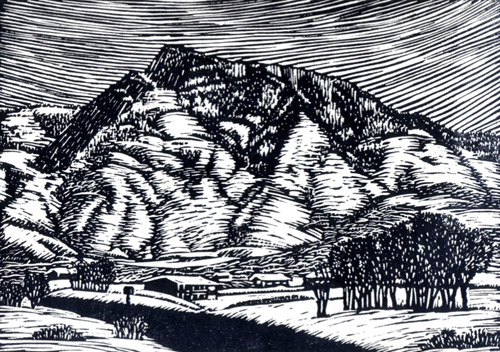 Artist: Victor LeCheminant, 1950s. Credit: Doug LeCheminant
Artist: Victor LeCheminant, 1950s. Credit: Doug LeCheminant
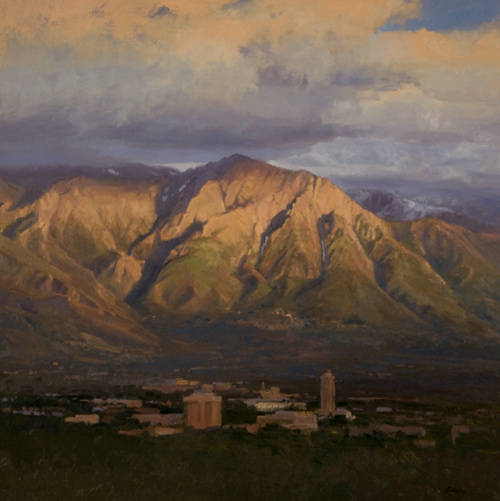 Artist: Linda Curley Christensen, 2010. Credit: Linda Curley
Artist: Linda Curley Christensen, 2010. Credit: Linda Curley
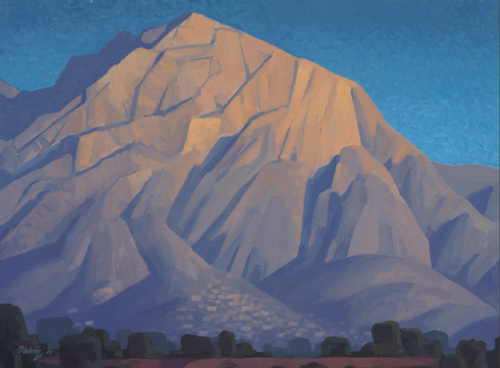 Artist: Rob Colvin, 2009. Credit: Rob Colvin
Artist: Rob Colvin, 2009. Credit: Rob Colvin
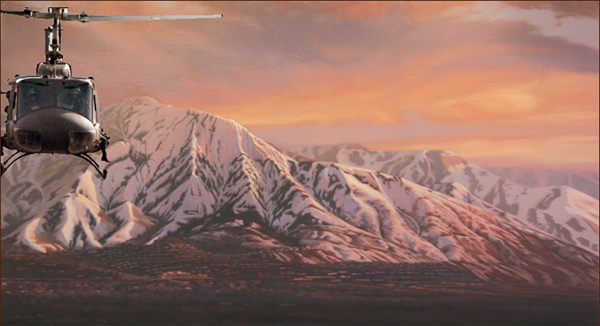 Artist: Leslie Thomas, 2010. Credit: Leslie Thomas
Artist: Leslie Thomas, 2010. Credit: Leslie Thomas
 Artist: Edward Maryon, 1988. Credit: Corporate Collection of Mt. Olympus Waters
Artist: Edward Maryon, 1988. Credit: Corporate Collection of Mt. Olympus Waters
 David Miekle,
David Miekle,  Edward Maryon,
Edward Maryon,  Edwin Deakin,
Edwin Deakin,  Gilbert Munger,
Gilbert Munger,  James T. Harwood,
James T. Harwood,  Leslie Thomas,
Leslie Thomas,  Linda Curley Christensen,
Linda Curley Christensen,  Mark Knudsen,
Mark Knudsen,  Mount Olympus,
Mount Olympus,  Rob Colvin,
Rob Colvin,  Victor Le Cheminant,
Victor Le Cheminant,  Wasatch Range | in
Wasatch Range | in  David Meikle,
David Meikle,  Ed Maryon,
Ed Maryon,  Edwin Deakin,
Edwin Deakin,  Gilbert Munger,
Gilbert Munger,  James T. Harwood,
James T. Harwood,  Leslie Thomas,
Leslie Thomas,  Linda Curley Christensen,
Linda Curley Christensen,  Mark Knudsen,
Mark Knudsen,  Rob Colvin,
Rob Colvin,  Victor Le Cheminant
Victor Le Cheminant 
